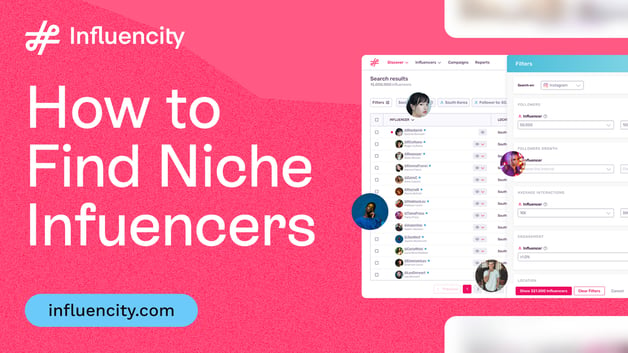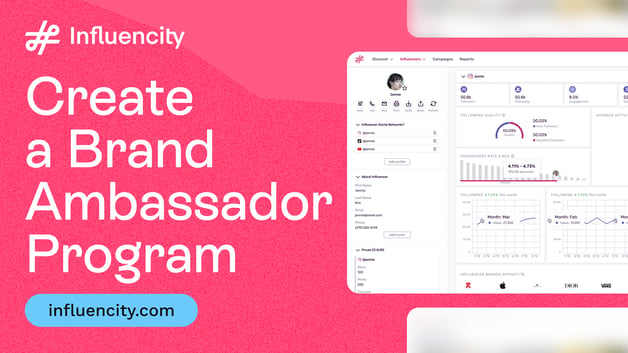Social Listening
From Backlash to Bounce Back: How Social Listening Could Have Saved Any PR Crisis
Social Listening
As someone with sensitive, acne-prone skin, CeraVe moisturizers are among the few products that don’t cause my skin to break out. So naturally, I’m a BIG fan of the brand. As a marketing enthusiast, I’ve also been deeply impressed by how they’ve partnered with skincare experts who actually believe in their products.
But when I came across their recent TikTok controversy (through a LinkedIn post, no less), I was disappointed. It turns out that the brand just got their timing wrong by showing up at a viral moment that was already creating a lot of controversy. And the way the creator revealed their partnership didn’t help, missing a vital opportunity to tell a good story about how the brand showed up to save the day.
Shout out to Sam Friedman for doing the digging and putting together such an informative post. Check out the full story in her LinkedIn post.
Source: Sam Friedman's LinkedIn Account
So what can a brand do to avoid (or recover from) this type of PR crisis? The answer lies in strategic social listening. Let me share some vital tips and tools to help your brand get ahead of the curve with your social listening efforts and navigate PR disasters.
PR Nightmares That Could Have Been Avoided
But first, let’s take a look at some of the biggest PR nightmares of the recent decade that could have been avoided. Whether it was due to a lack of cultural sensitivity or poor advertising concepts, these crises could’ve been mitigated before they snowballed into a bigger disaster.
Pepsi x Kendall Jenner (2017)
Remember when the tone-deaf ad that tried to turn social justice into a soda break faced massive backlash? It featured scenes from a protest with Kendall Jenner stepping up to offer a can of Pepsi to riot police. Bam! An instant resolution to an otherwise tense protest, with cheering from the crowd.
The idea was to show how Pepsi brings people together.
What went wrong?
In theory, the concept seemed perfect, especially considering how it aligned so well with the brand’s goal. Yet when it came to execution, it turned into a blunder, especially as it took direct inspiration from real-world protests like Black Lives Matter.
The ad faced serious backlash because it presented a superficial solution to a complex social justice movement, reducing it to a consumer-friendly moment.
What could’ve helped?
A simple audience sentiment testing could’ve revealed a lot about how people perceived the ad. More importantly, a real-time feedback loop involving people from marginalized communities directly affected by current social justice issues would’ve helped to flag issues early on.
Dolce & Gabbana’s China Campaign (2018)
In 2018, the Italian luxury fashion house, D&G, stirred up international controversy with a tone-deaf video featuring a Chinese woman trying to eat pizza with chopsticks. It even led to influencers and models publicly cutting ties with the brand.
What went wrong?
The ad was intended to promote an upcoming fashion show in Shanghai by showcasing the blending of cultures. Instead, it came across as racist and culturally insensitive, especially with the use of stereotypical and outdated traditional Chinese music in the background.
What could’ve helped?
Cultural vetting during campaign development would’ve made a huge difference in gaining a better understanding of what resonates with a Chinese audience. On-the-ground listening with local analysts would’ve also helped to monitor audience reception, allowing the brand to detect issues early on and pull the plug before it escalated.
Adidas “You Survived” Boston Marathon Email (2017)
After the 2017 Boston Marathon, Adidas sent out an email with the subject line – “Congrats, you survived the Boston Marathon!” This poorly worded email subject line went viral for all the wrong reasons, and the social backlash was immediate.
What went wrong?
Although well-intentioned, the choice to use “survive” to congratulate finishers was ill-informed and insensitive, considering the marathon’s history. In the eyes of the public, there was a negative connotation when taking into context the 2013 bombing that led to fatalities.
What could have helped?
A crisis monitoring tool would’ve helped Adidas to catch early negative sentiment. This would’ve allowed them enough time to pause campaign messaging instantly before it snowballed into a viral PR crisis.
What is Social Listening (And Why You Need It Yesterday)?
Social listening is the practice of tracking and analyzing conversations taking place online. These conversations may directly involve their brand, industry, or competitors. It goes beyond simply monitoring likes and mentions and digs deeper into audience sentiment. So it’s vital for addressing negative feedback and managing brand reputation risks.
It also helps them identify patterns in conversation trends, enabling them to predict emerging trends, understand consumer demand, and uncover growth opportunities. As such, they can identify strategies to engage their audience better and address their needs effectively.
Tools That Keep You Ahead of the Curve
Based on what you can see above, it’s obvious that you’ll need robust tools to collect vast amounts of conversation data. Some tools even go beyond simply collecting the data and help you analyze it to identify important insights that could streamline your listening efforts.
Let me share some of the best tools that you can use for social listening.
Influencity
Influencity isn’t just an influencer marketing tool. It also offers powerful social media management and social listening tools to track important conversations about your brand and campaigns. You can use it to track influencer mentions and break them down by platform, gender, language, age, and time of day.
The platform also analyzes the sentiment behind those mentions and further breaks down how sentiment varies by language, age, and gender. To get an even deeper understanding of how people feel about your campaign, it even breaks down the exact emotions behind those sentiments. So you can see if people are feeling joy, love, sadness, surprise, fear, anticipation, anger, disgust, or hate.
These are valuable insights that will help you identify any negative trends in conversations about your brand. That way, you can quickly zero in on the issue and resolve it before it turns into a bigger PR crisis, making it vital for managing brand reputation.
Google Trends
The Google Trends dashboard is another useful tool for monitoring trends in online searches. You can run a search on specific keywords and see how the interest in those keywords are changing over time. It basically shows you the changes in how people are using those search terms, indicating their interest in the topic.
The dashboard lets you filter results by region, time, category, and search type. It even breaks down the interest by subregion and shows you related topics and queries. You can also see trending topics in different regions to understand what people are paying attention to at the moment.
TikTok Creator Search Insights
The Creator Search Insights on TikTok serves as another valuable tool to identify audience behavior specific to the TikTok platform. It uncovers topics that people are searching for often within TikTok and allows creators to sort them by category, such as science, tourism, and more.
You can use these insights to spot emerging narratives and even local lingo. So you can identify content gaps and adapt your content strategy to better resonate with the audience.
Create Reactive Campaigns That Actually Work
The above examples of PR crisis could’ve been avoided with a little bit of audience sentiment tracking and an informed decision-making process. Yet even with these things covered, there’s no accounting for every single outcome. Even with thorough planning and data-led marketing concepts, there’s a chance that your campaign could still get a poor response.
What matters is how you respond to it before it turns into a major PR crisis. When public sentiments shift, you need to pivot—fast. Let me share a few practical ideas to create reactive campaigns that actually work.
Source: Medium
Update Influencer Briefs Mid-Flight
If you’re noticing that people are responding negatively to your influencer campaigns, don’t hesitate to pivot immediately. Gauge audience responses and update influencer briefs to address negative feedback. This gives your campaign a better chance of succeeding than sticking to the original script in spite of negative sentiment trends.
Look out for an uptick in negative brand mentions at the start of the campaign or any specific comments that could signal a red flag for your campaign. These are signs that you need to take a closer look at how audiences are responding to the campaign and pivot accordingly.
Then analyze those conversations to understand the problem and adjust influencer briefs accordingly.
Shift Messaging to Align with the Mood
Be open to the idea that your messaging could fall flat or have an unintended impact. For instance, something that’s intended to be mysterious and drive anticipation could unintentionally come across as suspicious.
That’s why it’s a good idea to be flexible with your campaign messaging. Observe the sentiment around the original messaging and identify any issues in how people perceive it. Then adjust the messaging to align with the mood.
For instance, if you’re noticing that the original messaging around a limited time deal is instilling fear more than anticipation, you’ll want to make some adjustments to get the desired impact and improve your ROI.
Choose Backup Creators if One Stirs Controversy
No matter how careful you were during the selection process, there’s a chance that your influencer partnership won’t work out. This is particularly true when creators unintentionally stir up controversy, whether it’s with the campaign content or something else.
For instance, check out the comments from concerned customers when ColourPop Cosmetics reposted a creator’s video where she uses a flame lighter to heat up her eyelash curler. Although the brand has always been about embracing each creator’s unique voice and creativity, this type of content could eventually snowball into a PR crisis due to the safety risks involved.
In situations like this, it’s a good idea to always have backup creators to tide you over for the rest of the campaign. This will help you keep the campaign running even if you have to discontinue your partnership with problematic or controversial creators.
Don’t Double Down on the Original Message if It’s Not Landing
As I mentioned earlier, there’s always a chance that your original message will not land. Even with the most experienced and creative team backing you up, you could still end up with a message that fails to resonate. The worst thing you can do when this happens is to double down instead of pivoting.
This is especially true when the message hurts people’s sentiments or causes unintentional backlash, like in the Adidas example I shared earlier. Instead of doubling down, the brand chose to apologize and eventually mitigated the crisis.
If, instead, Adidas had chosen to double down and defend their actions, it would’ve turned into a much bigger disaster. Meanwhile, Forrester found that 41% of consumers would return to a brand that admits its mistake and apologizes for it.
Best Practices: Crisis-Proof Your Influencer Plan
A good response strategy will prevent a failed campaign from turning into a PR disaster. But good planning prior to the campaign launch will save you a lot of trouble in the first place. Here are some ideas to crisis-proof your influencer plan.
Vet Influencers for Past Controversies (Not Just Follower Count)
Follower count and relevance are some key factors that determine the right influencer fit for a brand. Yet before you finalize your partnership, make sure to dig a little deeper into their background. Do a thorough vetting to ensure that the influencer hasn’t been involved in a past controversy.
A simple Google search could reveal a lot of information about any backlash the influencer has experienced. But this may be a little challenging for smaller creators who haven’t yet built enough of an influence to make it to the headlines. What you can do is use an influencer analytics tool like Influencity to analyze the creator’s profile. This will show you their follower quality and patterns in follower growth.
Look for red flags like significant drops in followers, which could signal that the influencer has recently received some backlash. Then dig deeper into online conversations about the creator, along with the comments on their posts. This will give you a better sense of whether the influencer has been involved in a controversy.
Run Test Sentiment Scans on Campaign Messaging Before Launch
It’s a good idea to run a test campaign before a full-scale launch. This will give you the opportunity to test audience sentiment around your campaign messaging. So you can detect any issues beforehand and adjust your messaging as needed.
Choose a couple of influencers to use for your test. Then have them create sample content to gauge audience response. If you’re using Instagram, I suggest making the most of Trial Reels. This is a unique offering that lets creators display their Reels to non-followers, enabling them to test new ideas before sharing them with followers. So it limits viewership and gives you the chance to analyze audience sentiment before taking your campaign live.
Have Pause and Pivot Protocols if the Narrative Shifts
In an ideal world, your campaign will go smoothly without the need to pivot. But with the digital landscape being an unpredictable minefield, it’s always better to stay prepared. Have a protocol in place for pausing and pivoting in case of a shift in narrative.
If the campaign’s response is less than ideal (or worse, disastrous), having a proper response plan will help you mitigate the issue before it escalates. You’ll have a clear idea of when to pause the campaign and what actions to take. This will save you the trouble of having to scramble for a solution when it’s already too late, ensuring a swift resolution that benefits your brand in the long run.
Navigate Any PR Crisis with Confidence
Experiencing an unexpected PR crisis can be nerve-wracking. But before you panic, take a deep breath and listen… What people are saying about your brand could also be what saves your brand. Use social listening insights to understand the context and sources behind the outrage and come up with an appropriate response plan.
Make the most of the tools and best practices I shared above to build impactful influencer campaigns while avoiding PR nightmares.
Tags:
Sentiment Analysis
Jackie Zote
Jacqueline Zote is a freelance writer and content producer who specializes in putting together in-depth guides and articles on all things related to digital marketing. As a social media native who’s chronically online, she uses her expertise and experiences to tap into the pulse of social media and influencer...







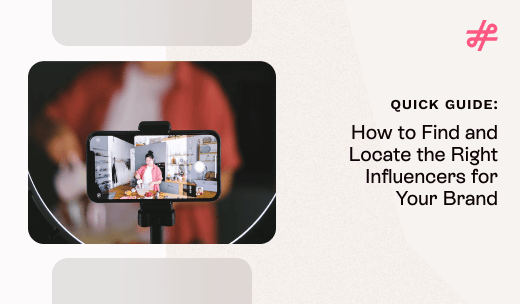





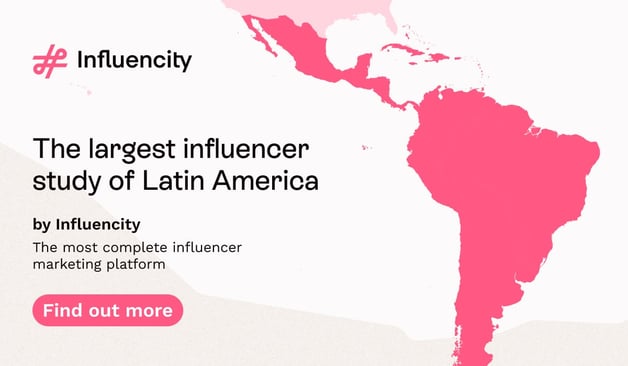


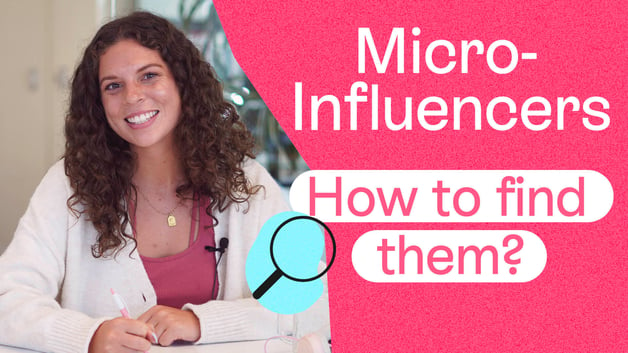


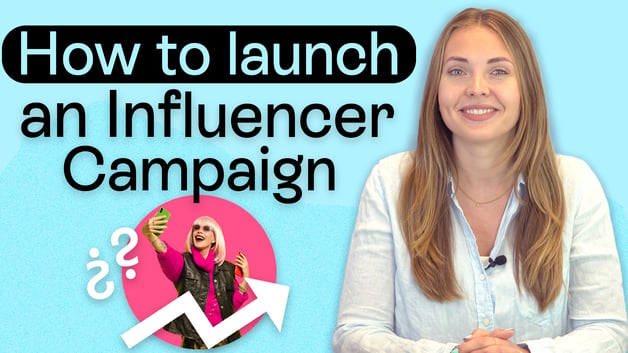



%20and%20How%20Can%20They%20Benefit%20Your%20Brand%20article.jpg?length=628&name=What%20Are%20Key%20Opinion%20Leaders%20(KOL)%20and%20How%20Can%20They%20Benefit%20Your%20Brand%20article.jpg)
